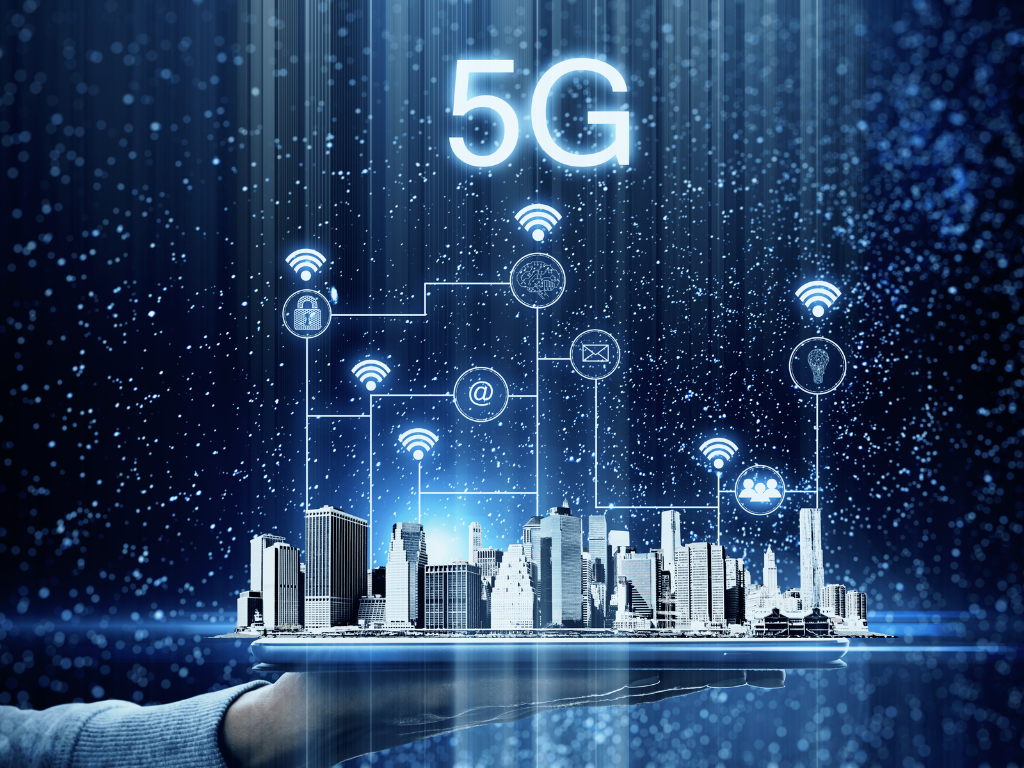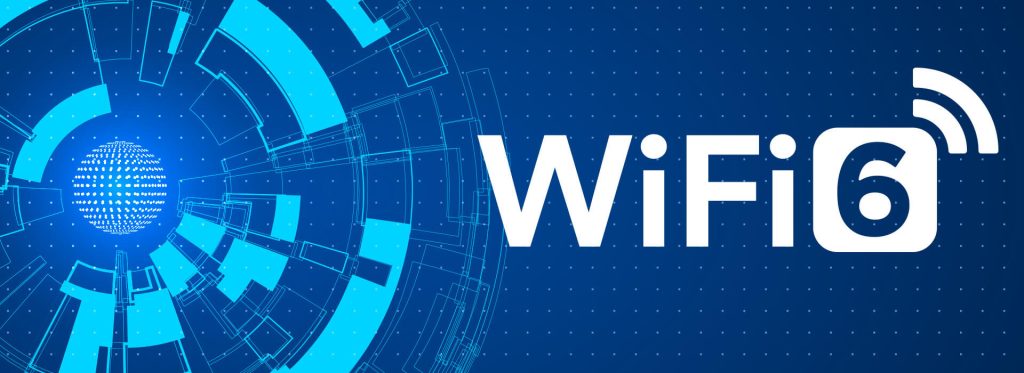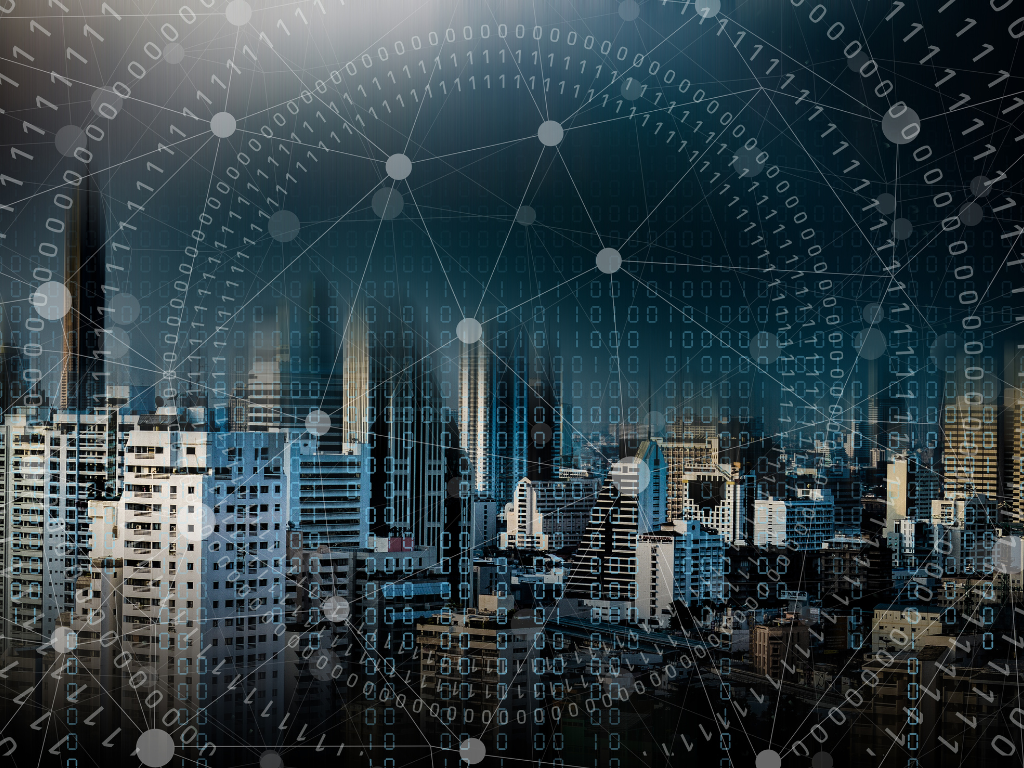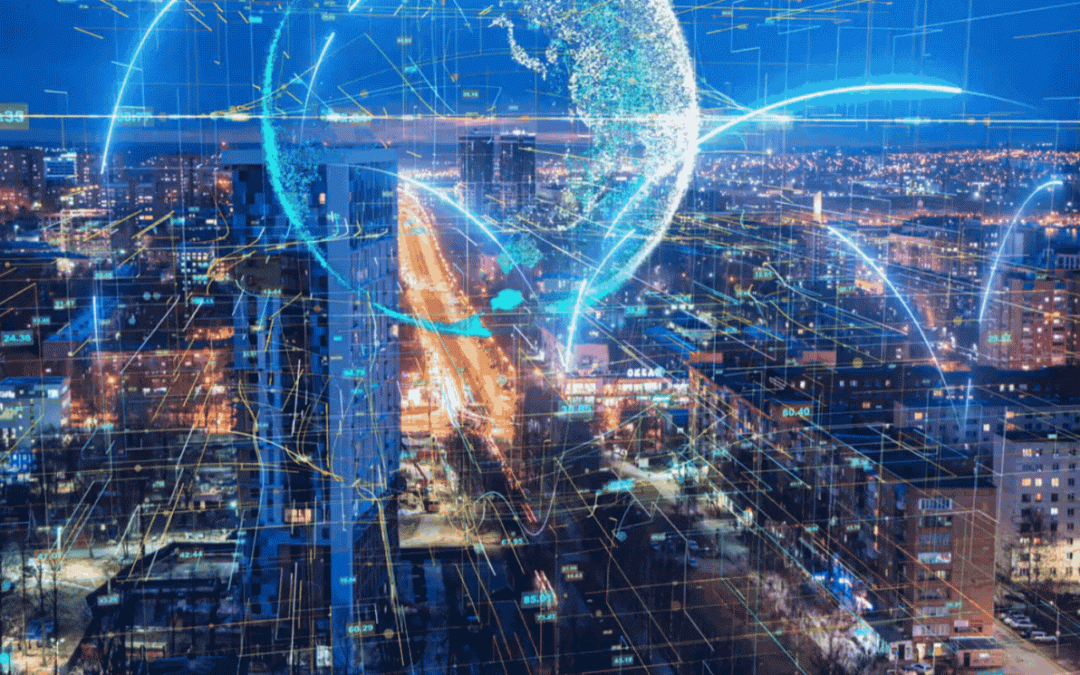The arrival of 5G and WiFi 6 is revolutionising the digital landscape, transforming IoT and smart cities into hubs of real-time connectivity and innovation. These technologies redefine how devices interact and pave the way for next-generation urban ecosystems. However, while opportunities abound, challenges must be navigated. Let’s explore how 5G and WiFi 6 are reshaping our world and what lies ahead.
5G WiFi 6 IoT: A Game-Changer in Connectivity
5G introduces unparalleled speed, ultra-low latency, and enhanced connectivity. This opens doors to real-time IoT applications, including smart infrastructure, automated vehicles, and efficient urban systems.
However, this leap comes with concerns. Expanded IoT networks increase vulnerabilities to cyberattacks, and debates around radio frequency exposure remain ongoing. Addressing these challenges is critical to ensuring safe and reliable adoption.

WiFi 6: The Evolution of Wireless Networks
WiFi 6 offers faster data rates, better device handling in crowded areas, and improved energy efficiency. This technology is ideal for environments where multiple devices need seamless communication, such as urban centers and homes.
Yet, adoption hurdles include the cost of hardware upgrades and the need for compatible devices. These barriers may slow initial deployment but are expected to diminish over time.

Smart Cities Powered by 5G and WiFi 6
The integration of 5G and WiFi 6 has the potential to revolutionise urban management. Together, they enable real-time monitoring and control of:
- Traffic flow: Traffic lights adjust dynamically to optimise vehicle movement.
- Waste management: Sensors notify city operators when bins are full.
- Air quality: Data is analysed to improve public health measures.
- Public transport: Real-time updates reduce wait times and enhance commuter experience.
These advancements foster smarter, more sustainable, and livable cities.
WiFi 7 in Future 5G WiFi 6 IoT Systems
Emerging as the next frontier, WiFi 7 promises faster speeds and smoother online experiences. It will enhance high-density environments like stadiums and urban centers, offering unparalleled connectivity.
In smart cities, WiFi 7 can integrate with 5G to support vehicle-to-vehicle (V2V) and vehicle-to-infrastructure (V2I) communication. This synergy could revolutionise urban mobility, reduce congestion, and optimise city planning.

Applications Across Industries
The benefits of 5G and WiFi 6 extend beyond cities:
Entertainment: Seamless 8K streaming and immersive virtual reality experiences.
Healthcare: Real-time telemedicine and remote patient monitoring.
Education: Immersive online learning with high-speed connectivity.
Business: Efficient IoT-driven operations and real-time inventory tracking.

Transforming Human Experiences
As 5G and WiFi 6 reshape connectivity, they also enhance human experiences. From reducing traffic congestion to enabling eco-friendly urban solutions, these technologies aim to create a more sustainable and adaptive future. WiFi 7 adds a new layer of possibilities, ensuring even greater efficiency and innovation.

Ready to explore how 5G and WiFi 6 can transform your city? Contact Thinkz to learn how our solutions empower IoT and smart cities for a connected tomorrow.
